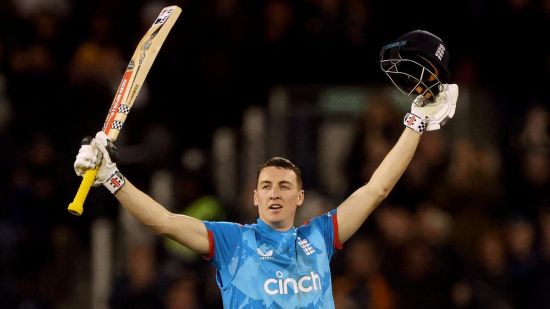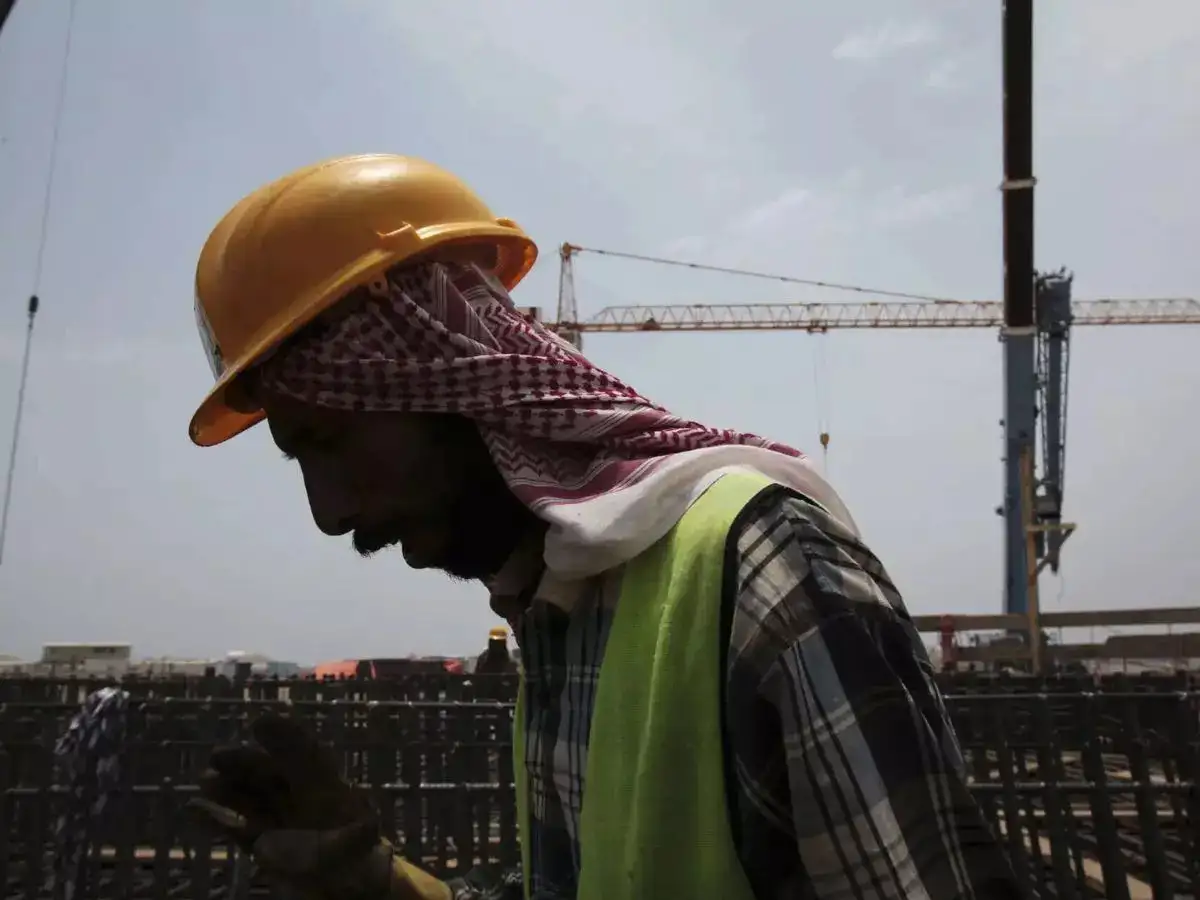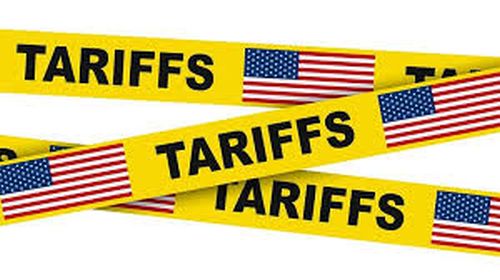Munich: Paris Saint-Germain’s ascent to the top of European soccer is complete. Staying there is another matter entirely.
Saturday’s Champions League triumph confirmed what many observers had suspected for some time – that PSG’s moment had finally come.
Years of frustration in European club soccer’s elite competition was blown away in one glorious and historic night in Munich.
Not only did PSG end its long wait for the trophy it prized most of all but it produced a statement performance and set a new benchmark for what it is to win the Champions League title.
The 5-0 rout of Inter Milan was officially the biggest winning margin of any final in the competition’s 70-year history. And it could have been so much more emphatic had Bradley Barcola been clinical in front of goal, Khvicha Kvaratskhelia taken more than just one of his chances or Désiré Doué stayed on the field for longer than 67 minutes having scored two and set up another.
Star striker Ousmane Dembele didn’t even get a goal to his name.
As impressive as PSG’s victory was, it could have been even better. In other words, this is a team that is yet to reach its peak.
Work in progress
With an average age of 24.8 years old, PSG’s starting lineup was packed with youth, which was in stark contrast to an Inter team with an average age of over 30.
At 31, captain Marquinhos was PSG’s only starter over 30, while Doué was one of three teenagers to play, along with substitutes Senny Mayulu and Warren Zaire-Emery.
“We have a lot of young players – players who need to develop and I’m one of them,” Doué said. “We are always going to strive to get better.”
Keeping young teams together is easier said than done when Europe’s biggest clubs come calling. That should not be a concern for Qatar-backed PSG, which is one of the richest clubs in the world and in recent years has focused on picking up the best young talent – from France in particular.
Ambition
It seems there is little danger of PSG settling for just one Champions League title.
“We are ambitious, we are going to continue to conquer the football world,” a triumphant Luis Enrique said Saturday night after winning the trophy for the second time as a coach, 10 years after leading Barcelona to the trophy.
He sounds like a man who has his sights set on building a new era of dominance and quickly turned to adding to the treble of trophies already won this season.
Next up is the newly expanded Club World Cup.
“I think it is an incredible competition. Maybe not now in its first edition, but it will become an incredibly important competition to win,” he said of the tournament that kicks off in the United States this month. “We want to finish the season in style with the cherry on the cake.”
<hl2>Luis Enrique</hl2>The 55-year-old Luis Enrique has established himself as one of the finest coaches in the world after winning a second Champions League title.
PSG has entrusted him to build a team in his image, rather than a selection of superstars and it has paid off.
He has turned PSG into a Champions League winner while playing arguably the most exciting soccer in Europe, with Barcelona possibly the only team to rival it in the entertainment stakes.
Yet while Barcelona was picked off by a wily Inter in the semifinals, the Italians were blown away by PSG.
Liverpool, which ran away with the Premier League title this season, was eliminated in the round of 16, while Manchester City and Arsenal were beaten as well.
Luis Enrique’s brand of soccer has simply been too good for the rest in Europe, which is now playing catch up.
Transfers
It is difficult to see where PSG needs to add to a squad with so much depth, but its rise to the top has come on the back of spending billions on some of the world’s best players.
The era of Galactico signings is over for now, but the arrival of Kvaratskhelia from Napoli in January was evidence of president Nasser Al-Khelaifi’s ongoing willingness to go big in the transfer market.
The Georgian forward sparked a dramatic turnaround in PSG’s form in Europe, which saw it go from near elimination at the league phase to Champions League winner.
The rivals
Manchester City might have thought its Champions League title in 2023 would spark a new era of success in Europe, but the opposite has been true and Pep Guardiola’s team was eliminated in the playoffs this season.
The Champions League is notoriously difficult to defend, with Real Madrid the only team to retain the trophy in the modern era, having won three in a row from 2016-18. The difficulty is largely due to the wide spread of talent among Europe’s elite.
PSG will come up against a Liverpool team that topped the league phase of this year’s competition and is already making ambitious moves in the transfer market.
Madrid with a new coach in Xabi Alonso and signings such as Trent Alexander-Arnold should be a contender again. So too Barcelona after falling short in the semifinal.
City, meanwhile, is undergoing a rebuild of its own.
PSG, however, will likely start next season as the team to beat, with a bright young squad that finally knows how to get over the line.






